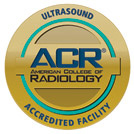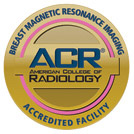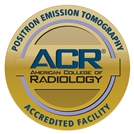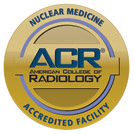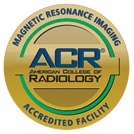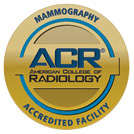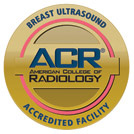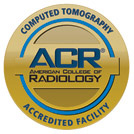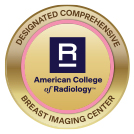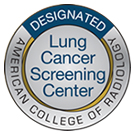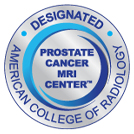When a doctor wants to examine the liver, gallbladder or bile ducts, you may need to undergo hepatobiliary nuclear medicine imaging, a type of procedure that uses radioactive radiotracers to examine the biliary system in detail.
What Is Hepatobiliary Nuclear Medicine Imaging?
Nuclear medicine imaging can often be more reliable than other procedures when it comes to diagnosing and treating certain conditions, including cancer, heart disease, gastrointestinal and endocrine issues, neurological disorders and other physical abnormalities.
These noninvasive exams specifically highlight molecular activity to help identify health conditions in their early stages and determine if a patient is responding to a particular treatment plan.
As the first step of any nuclear medicine procedure, a patient may inhale, swallow or be injected with a substance containing radiotracers or radiopharmaceuticals, which contain small amounts of radioactive material.
Once in your system, the radioactive substance passes through the area being examined, gathering in tumors, around inflammation or binding to proteins, generating gamma rays in the process.
During a PET scan, a camera and computer detect the radioactive emissions, or energy, from the gamma rays. This information is then used to generate the image, which provides detail at the molecular level.
To capture these images, a gamma camera or scintillation camera and single-photon emission-computed tomography (SPECT) are used. The gamma camera features radiation detectors surrounded by metal and plastic.
As the patient passes below a round-shaped gantry, two parallel or 90-degree positioned cameras detect the energy the gamma rays give off. As this occurs, SPECT allows the cameras to move around the patient’s body to capture the energy at optimal angles.
Nuclear medicine imaging delivers a level of detail for internal body structures that’s not possible with many other imaging procedures. The results provide more precise information that helps detect certain diseases and eliminates the need for exploratory surgery.
On the other hand, patients undergoing hepatobiliary nuclear medicine imaging need to be aware of certain risks:
- Although only a small amount of radiation – acceptable for diagnostic exams – is used, there is still a low risk of radiation exposure.
- In rare occasions, patients may have a mild allergic reaction to radiotracers.
- Patients may experience some pain and redness after a radiotracer injection.
- Resolution may not be as high as MRI or a CT scan, but nuclear medicine scans deliver more sensitive, functional information that other imaging procedures cannot provide.
Who Needs This Procedure?
A doctor may recommend hepatobiliary nuclear medicine imaging to evaluate the biliary system’s smaller aspects, such as liver cells, the gallbladder and ducts going through the system.
With the information gathered, a doctor may be able to determine the cause of:
- Abdominal pain, which may be attributed to inflammation of the gallbladder.
- Post-surgery gallbladder complications, especially if the patient is experiencing a fever.
- Upper gastrointestinal tract biliary atresia in newborns.
- A blocked duct traveling from the liver to the gallbladder.
Preparation
Prior to the procedure, patients should discuss any recent illnesses, allergies, existing medical conditions and medications. Make sure no tests using barium are scheduled 48 hours before hepatobiliary nuclear medicine imaging. Also let the technologist know if you are claustrophobic.
Due to the risk of radiation exposure, women who are breastfeeding, may be or are pregnant must also inform the technologist.
Hepatobiliary nuclear medicine imaging is performed on an outpatient basis. Patients will be asked not to consume food or drink at least four hours prior to the procedure. Certain medications may also need to be held. Arrive in loose, comfortable clothing and leave any jewelry and other metal objects at home.
As the procedure begins, you will lie down on the examination table and, if the radiotracers are being injected, an IV catheter will be inserted into your arm or hand. You may feel a prick or cold sensation as the material travels through your veins. For clear images, patients should remain still during the exam.
Some patients may also receive a medication that causes their gallbladder to empty, usually administered after the first series of images. This may result in temporary nausea or abdominal pain.
As the scan begins, the cameras rotate around you, taking a series of images. Patients may be asked to switch positions throughout the procedure. Once the procedure is complete, the IV will be removed.
Patients may return to their daily activities following the procedure, unless provided other instructions. To help pass the radiotracers over the next few days, patients advised to drink plenty of water.
The radiologist and doctor will examine the images and schedule a follow-up or additional testing.
Has your doctor recommended hepatobiliary nuclear medicine imaging? Contact us to make an appointment today!





